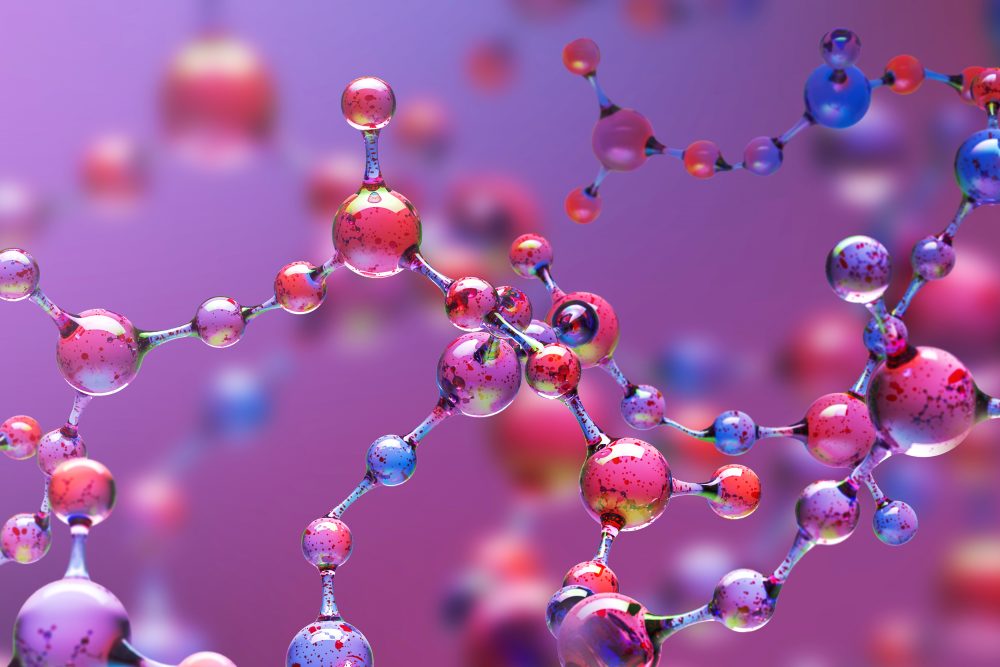


Dustin Van Hofwegen on Engineering and Evolution in Lilliput
On today’s ID the Future we go behind the scenes at the recent Conference on Engineering in Living Systems, where host Jonathan Witt sat down with Dustin Van Hofwegen, a biology professor at Azusa Pacific University in California. The two discuss the private conference, which brought together biologists and engineers to study how engineering principles and a design perspective can and are being applied to biology — to plants and animals but also to Van Hofwegen’s area of focus, the Lilliputian realm of microbial biology. The two quickly move into a conversation about Van Hofwegen’s article in the Journal of Bacteriology, co-authored with Carolyn Hovde and Scott Minnich, based on research they did at the University of Idaho. As Van Read More ›

New ID Book Puts “Self-Replicating Molecules” Under the Microscope
On this episode of ID the Future, Andrew McDiarmid interviews Eric Anderson, one of the co-authors of the new book Evolution and Intelligent Design in a Nutshell. The two discuss Eric’s chapters on the origin-of-life problem. There’s the problem of generating the information required of the first life form. And there’s another problem, one Anderson uses his engineering background to explore — the insuperable challenges to generating a self-replicating molecule, a hypothetical entity at the heart of some recent attempts to render plausible the evolution of non-life into cellular life.

Dr. Brian Miller On Complex Systems and ‘Intellectual Captivity’
On this episode of ID the Future, physicist Dr. Brian Miller explains several challenges to the origin of life, from thermodynamic challenges to the need for complex systems to create complex systems: information processing, energy production, manufacturing, auto-assembly, control systems, and feedback loops are all required from the start.
Read More ›